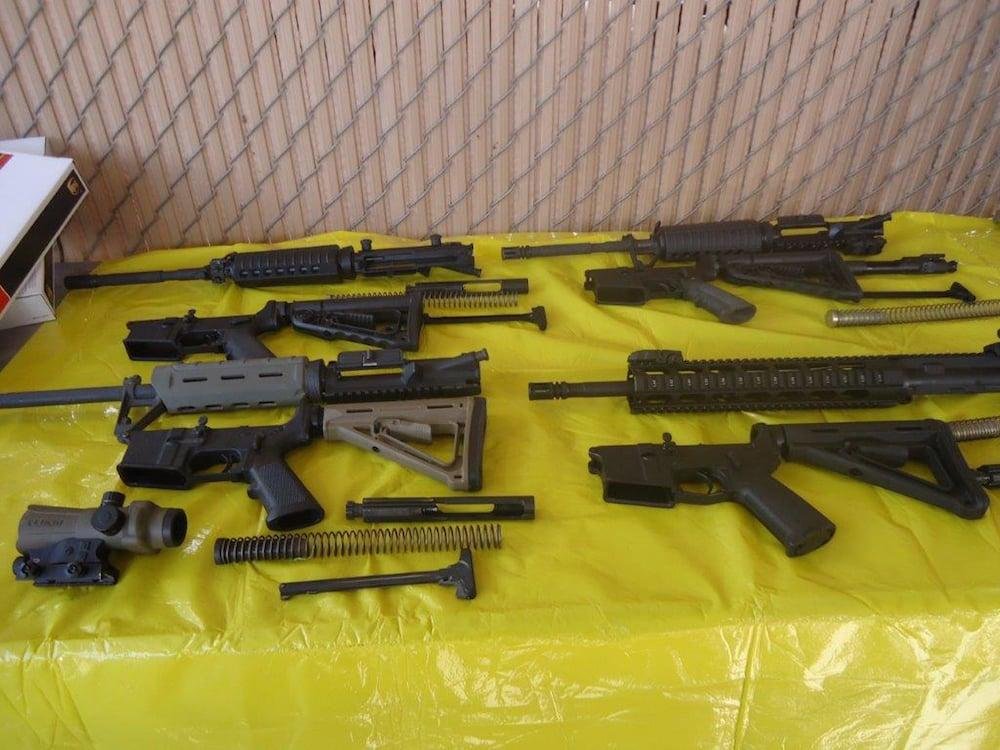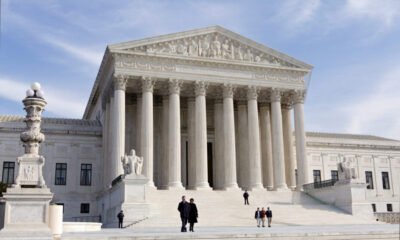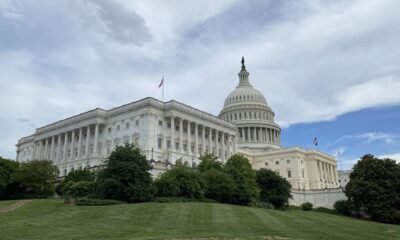Business
Supreme Court Affirmation: Ghost Gun Regulation Stands Firm

The Supreme Court affirmed a regulation from the Biden administration on Wednesday, mandating that kits for assembling ghost guns must adhere to existing firearm laws. This ruling came in a decisive 7-2 opinion, stating that these weapon parts kits are clearly classified as firearms under the Gun Control Act of 1968.
Ghost gun kits have gained traction among individuals who are prohibited from legally purchasing firearms, including criminals and minors. These kits can be bought online, often without a background check and lack serialization, making them effectively untraceable. Justice Neil Gorsuch highlighted the historical context behind the creation of the Gun Control Act, which was introduced following high-profile assassinations in the 1960s, to ensure a system of background checks and serial numbers aimed at limiting weapon access.
Gorsuch emphasized the evolution of gun manufacturing technologies, like 3D printing. Once, crafting firearms at home was an arduous task, but advancements have made it increasingly accessible. He illustrated this point by referencing the Polymer80 kit, which enables users to assemble a semiautomatic pistol in just 21 minutes. By comparing the kit to an incomplete piece of furniture from IKEA, he argued that the kit’s intended use as a weapon is unmistakable, underscored by its name—“Buy Build Shoot.”
Joining Gorsuch in support of the decision were Chief Justice John Roberts and Justices Sonia Sotomayor, Elena Kagan, Brett Kavanaugh, Amy Coney Barrett, and Ketanji Brown Jackson. In dissent, Justices Clarence Thomas and Samuel Alito raised concerns regarding the classification definitions within the law.
Justice Thomas referenced a prior ruling concerning bump stocks, contending that similar reasoning should apply here. He maintained that the legal definitions of ‘frame’ and ‘receiver’ do not encompass the unfinished components within weapon parts kits, suggesting this distinction should conclude the matter.
Increasingly, law enforcement has reported a rise in crimes involving ghost guns. The Major Cities Chiefs Association documented a staggering 408% increase in related criminal incidents between 2019 and 2021. Additionally, data indicated a 240% surge in ghost gun ownership among individuals prohibited from obtaining weapons and a 285% rise in use by those under 21 years of age.
In response to these trends, the Biden administration introduced a new rule in 2022, categorizing gun parts kits as firearms under the Gun Control Act. This regulation compels manufacturers to comply with federal laws pertaining to firearms. The administration clarified that weapons parts kits, designed to expel projectiles by explosive action, fall within the purview of existing firearm regulations.
While kit manufacturers argue their products cater to hobbyists who enjoy assembling firearms, they contest the applicability of federal regulations. Manufacturers assert that the necessity for tools or drilling makes their kits distinct from readily assembled weapons. During oral arguments, then-U.S. Solicitor General Elizabeth Prelogar indicated that some manufacturers aim to bypass existing gun laws.


















